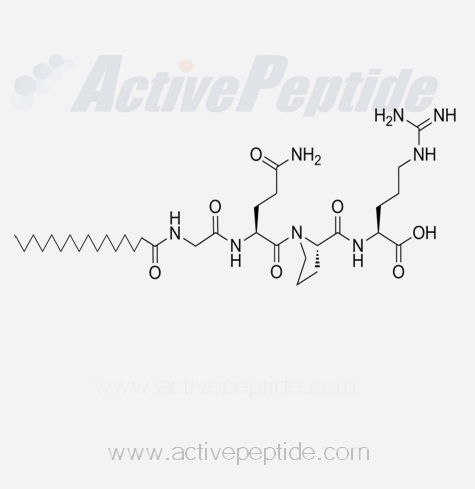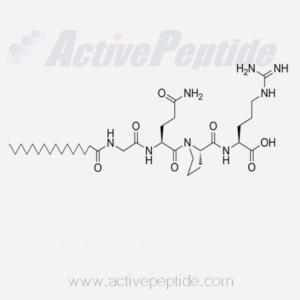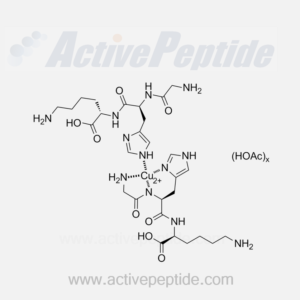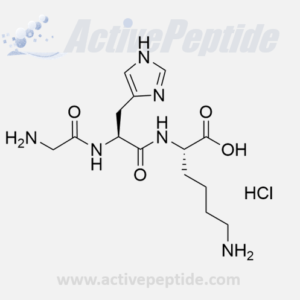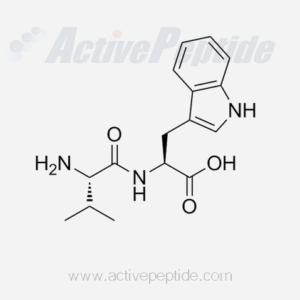Description
INCI Name: Palmitoyl Tetrapeptide-7
- CAS 221227-05-0
- Sequence Pal-Gly-Gln-Pro-Arg-OH
- Cat No. AP104001
- Other Names: Pal-GQPR
Pal-GQPR Powder Specifications:

Pal-GQPR Solution Specifications:

Applications and Properties:
Palmitoyl tetrapeptide-7 reduces skin inflammation and the accompanying skin damage. It is also believed to stimulate the regeneration of collagen fibers in the dermis by acting as a cellular messenger. It is also used in anti-aging products for its ability to lighten skin and improve skin elasticity.
Palmitoyl tetrapeptide-7 can be used alone or in combination with palmitoyl tripeptide-1 to stimulate natural collagen production for skin healing and rejuvenation.
Product Benefits
- The higher concentration may reduce the production of interleukin by up to 40 percent. Interleukin is a chemical often associated with inflammation, as the body creates it in response to damage. For example, overexposure to UV rays can cause skin cells to become damaged, leading to the production of interleukin and resulting in cell deterioration from inflammation. Palmitoyl tetrapeptide-7 allows the skin to heal faster by blocking interleukin.
- Palmitoyl tetrapeptide-7 also reduces skin roughness, fine lines, thin skin, and wrinkles.
- It can reduce the appearance of uneven skin tones and may help treat rosacea.
Mechanisms of Action
Palmitoyl Tetrapeptide-7 is a synthetic peptide composed of four amino acids. It is used in beauty products and cosmetics to suppress the production of excess interleukins, which are chemical messengers that trigger the body’s acute inflammatory response. This excessive inflammation can lead to glycation damage, where glucose binds with proteins, causing them to stiffen and impacting the skin’s support system. This, in turn, results in wrinkles, sagging, and uneven skin tone.
In vitro, scientists found that “Palmitoyl Tetrapeptide-7 induced a marked dose-dependent reduction in interleukin production. The higher the concentration of Palmitoyl Tetrapeptide-7, the greater the reduction in interleukin production, up to 40%.” UV radiation is also known to accelerate interleukin production. Cells exposed to UV radiation and then treated with Palmitoyl Tetrapeptide-7 saw an 86% reduction in interleukin production.
Contact us for a COA, MSDS, Tech Data Sheet, and Tips for Formulation.
